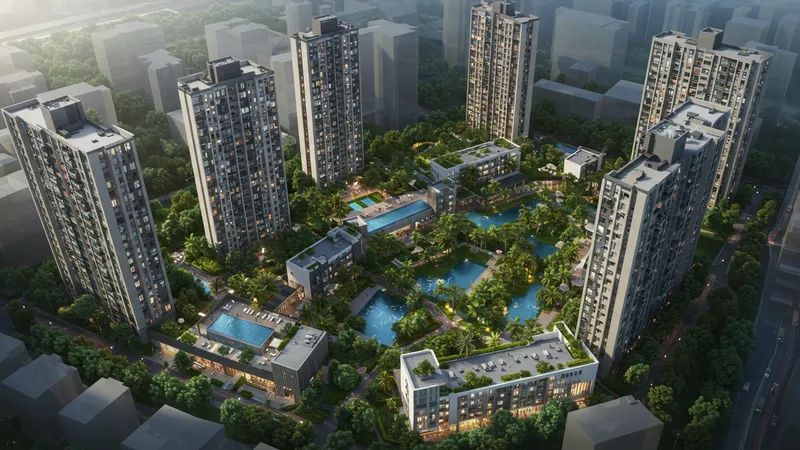
Build-to-Rent (BTR) Institutional Residential Projects For Modern Investors
Scaling and Future Prospects of BTR Institutional Residential Projects
The scale and replicability of BTR are central to its growing appeal among institutional capital sources. Developers can standardize construction, management, and amenity packages across markets, allowing for rapid portfolio expansion without sacrificing quality. This scalability supports the allocation of significant capital while diversifying geographic risk.

Markets around the world are taking notice. Flexible housing demand, urban population growth, and the constraints of homeownership accessibility are opening new territories for BTR deployment. Regions previously reliant on traditional rental models are now evaluating policy frameworks to enable institutional-grade residential communities.
Sustainability is also becoming a cornerstone of the BTR strategy. Projects are increasingly designed with energy efficiency, green certifications, and mobility options in mind—catering to both eco-conscious tenants and responsible investors. These features are not only reducing operational costs but also aligning with broader environmental, social, and governance standards.
Finally, as digital services and smart city initiatives proliferate, future BTR developments are likely to integrate advanced connectivity, predictive maintenance, and community engagement platforms. These enhancements are poised to continually redefine resident and investor expectations, cementing BTR’s position as a dynamic and forward-thinking segment of the residential real estate landscape.